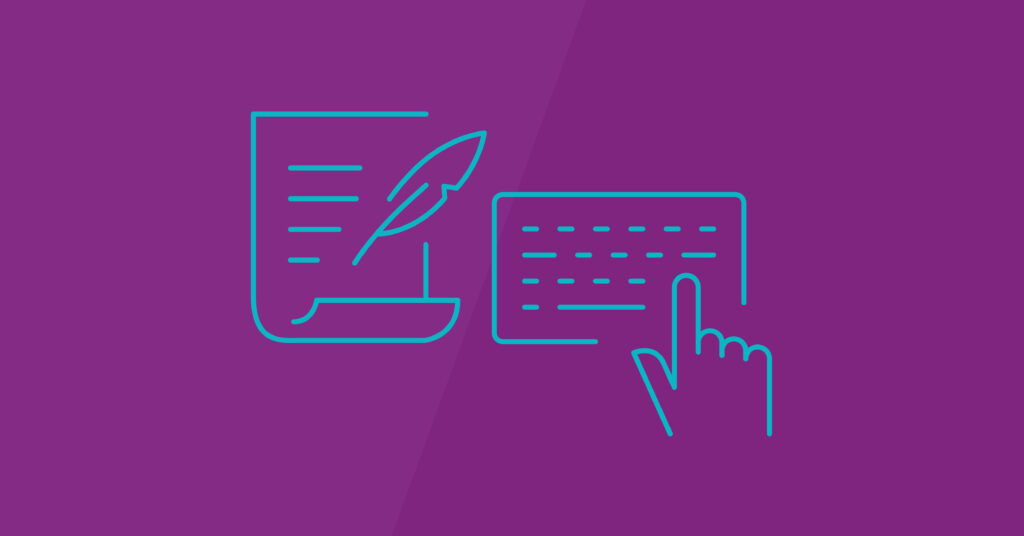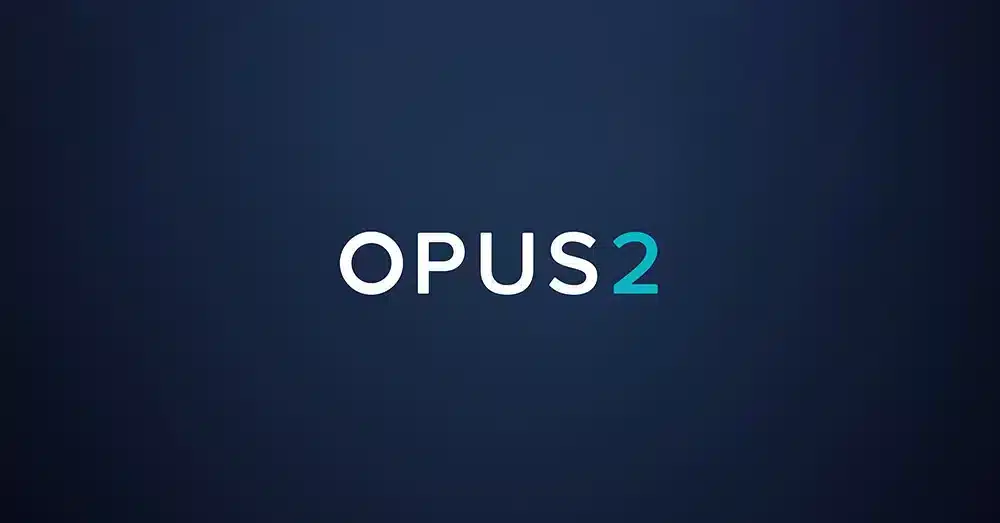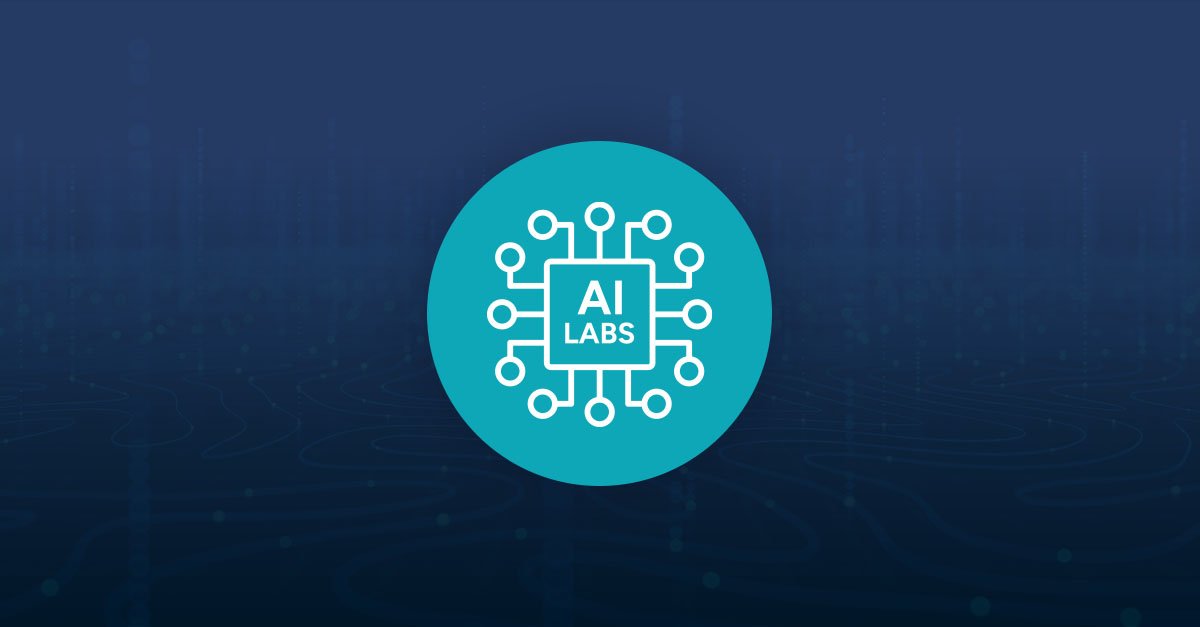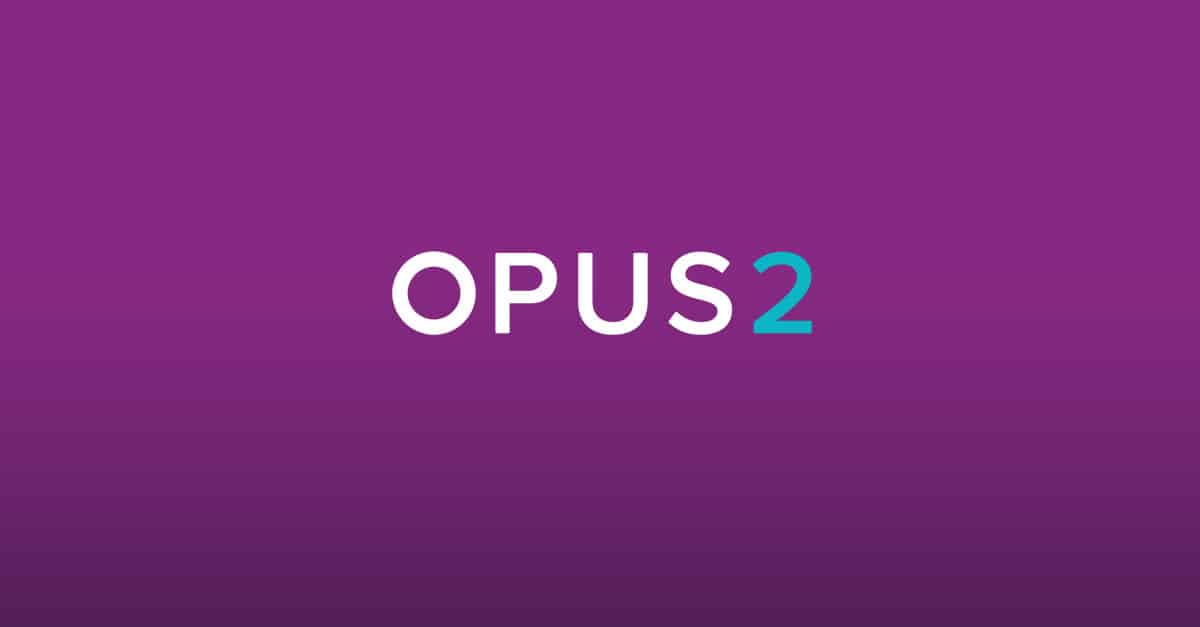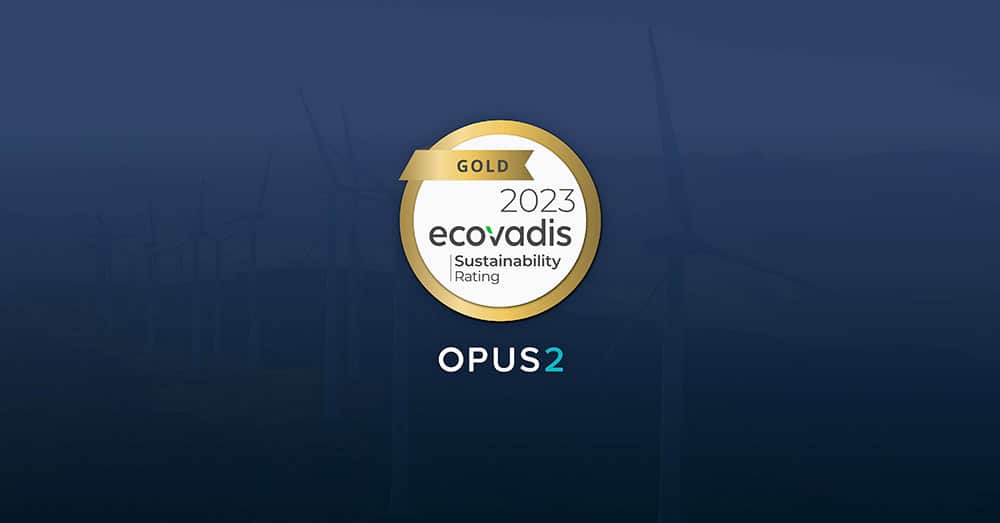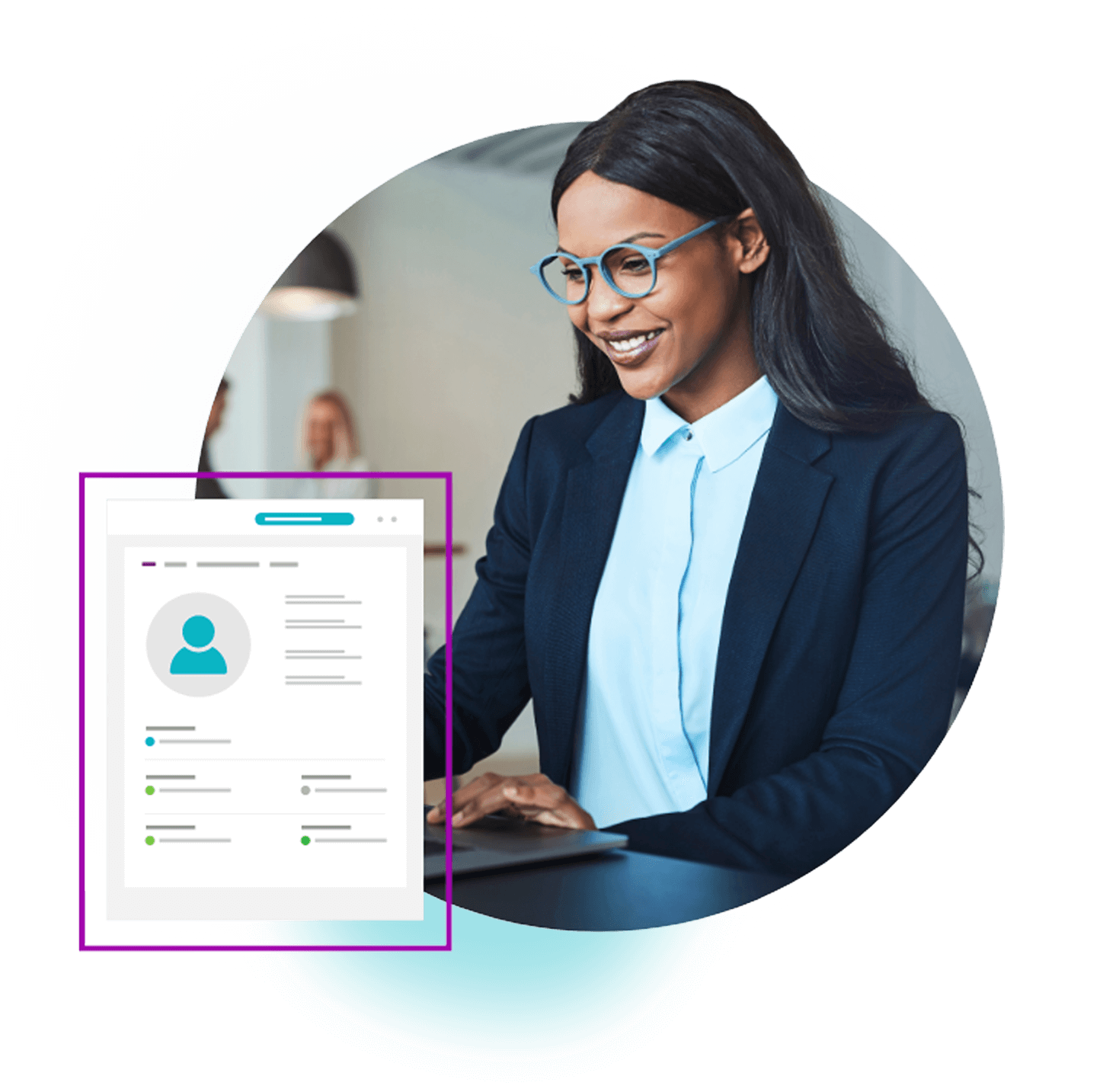This article exploring the background and science behind legal professionals’ preference for reading paper or digital content in litigation and arbitration was originally published by the ICC United Kingdom. In addition, the article explores seven quick tips for successfully transitioning to a paperless law approach.
The legal profession, by common consent, is entering a period of profound technological change. For some, the future’s already here — just (per sci-fi author William Gibson) unevenly distributed. And that certainly appears true of post-pandemic litigation and arbitration in which eBundling — the first crossing point along the digital Rubicon — is commonplace, but not ubiquitous.
It’s tempting to view the profession’s vast and continued use of paper as mere conservatism, a clinging on to outmoded methods of working for their own sake. But is there more to it than that?
The psychology behind paper preference
From the proliferation of studies this century into the psychology and neuroscience of reading, the answer has to be yes. What emerges from the literature is that debating whether screens or paper is ‘better’, is too great a simplification. The choice nevertheless is inescapable.
As computer screens, eReaders, and mobile phones began to dominate our lives, studies sought to compare the speed, comfort, and comprehension benefits of different reading media. The results however were inconclusive and sometimes contradictory, and this perhaps shouldn’t surprise.
Seeking greater clarity, more recent studies have begun to drill into reading in different contexts: reading for leisure, reading for work, and reading for education. Readers have been examined in different cohorts, segmented by age, by technological comfort levels, and by mindset and personality.
Nevertheless, frustratingly few definitive patterns have emerged. But what these studies have illuminated is some of the complexity involved in the process of reading. Previously assumed to be a linear process, reading is anything but.
The litigator’s reading lens
The life of a litigator is in some respects that of a professional reader, and the variety of skills required is perhaps underappreciated. There will be periods of ‘immersive’ reading, skim-reading, re-reading, and so-called ‘active’ reading when annotating and cross-referencing different documents and authorities. There will be times when lawyers need to read like a sponge, and times when they need to read like a laser.
To further complicate the choice between screen and paper, features that for some will prove a distraction will for others, in other contexts, prove essential. One upside of paper-based reading is the freedom from the ongoing distraction of notifications from calendars, email, and social media. But at the same time, that same connectivity can save time and hassle in locating, searching, and annotating other documents. So, one man’s distraction is another man’s opportunity for active reading.
Cognitive mapping: the spatial memory of reading
Another variable for screen-based reading is layout. We’ve no doubt all been impressed by lawyers with apparently photographic memories: their ability to not only locate a piece of information that they’ve read but also to recall where in the text it appeared. They’ll know how far through a witness statement a critical quote might appear, whether it’s a right or left-hand page, and in which paragraph it was contained. Impressive no doubt, but research indicates that it’s something we all do to a greater or lesser extent. The human brain not only gathers information about the text but simultaneously processes information about the context and associates one with the other. This is known as ‘cognitive mapping’, based on the spatial presentation of the text on the page.
In electronic text, however, the ‘mapping’ may be less intuitive for those used to reading on paper. An increase in font size on an eReader, for example, repaginates everything before and after. Conversely, many may find the flexible layouts, searchability, and interactive nature of an OCR’d document faster, more reliable, and ultimately more efficient.
Effective eBundling platforms offer the best of both worlds: text layout and pagination are maintained and simply replicated in a searchable form on-screen.
Practical steps for the digital transition
Here are some steps to guide lawyers in making the shift from paper reading and case preparation to paperless law:
1. Select the right tools
Choose digital document management software and hardware that align with your specific needs. Ensure that the software supports the file formats commonly used in legal documentation.
2. Train your team
Provide comprehensive training to legal professionals and support staff to ensure they are proficient in using digital tools effectively. Investing in training upfront can save time and reduce potential frustration down the road.
3. Organise and categorise
Create a systematic approach to organising digital documents. Use unique document identifiers with consistent naming conventions and folder structures to make it easy to find and access files.
4. Backup and data recovery
Implement robust backup and data recovery procedures to prevent data loss in case of technical failures or cyber threats.
5. Embrace cybersecurity
Prioritise cybersecurity measures to protect sensitive legal information from unauthorised access or data breaches.
6. Regularly update hardware and software
Stay current with hardware and software updates to ensure compatibility and security.
7. Monitor and adapt
Continuously assess the effectiveness of your digital advocacy tools and workflows. Be open to making adjustments based on feedback and evolving technology
Concluding thoughts: beyond binary choices
In conclusion, as we’ve already seen, screen versus paper is an inappropriate framing. Context and requirements are key. Environmental considerations aside, lawyers must weigh the merits of platforms that offer accessibility, searchability, collaboration, cost efficiency, and security against the perceived distraction-free immersive experience of paper.
While arguments about the inferiority or superiority of one or other medium will no doubt continue to rage, the decisive factor, at present, appears not to be cognitive, but cultural. That’s to say if you perceive that digital devices reduce the pleasure of reading, that may be attributable to the positive cultural associations with printed books or other printed media.
So if you think you read better on-screen or off paper, you’re right.
For those feeling swept aside by the digital tornado, this is deceptively good news. Being consciously aware of one’s underlying cultural preferences makes for an easy fix: to become a paperless law advocate — a player not a bystander in the digital revolution — one just needs to decide that’s who they’d prefer to be.
